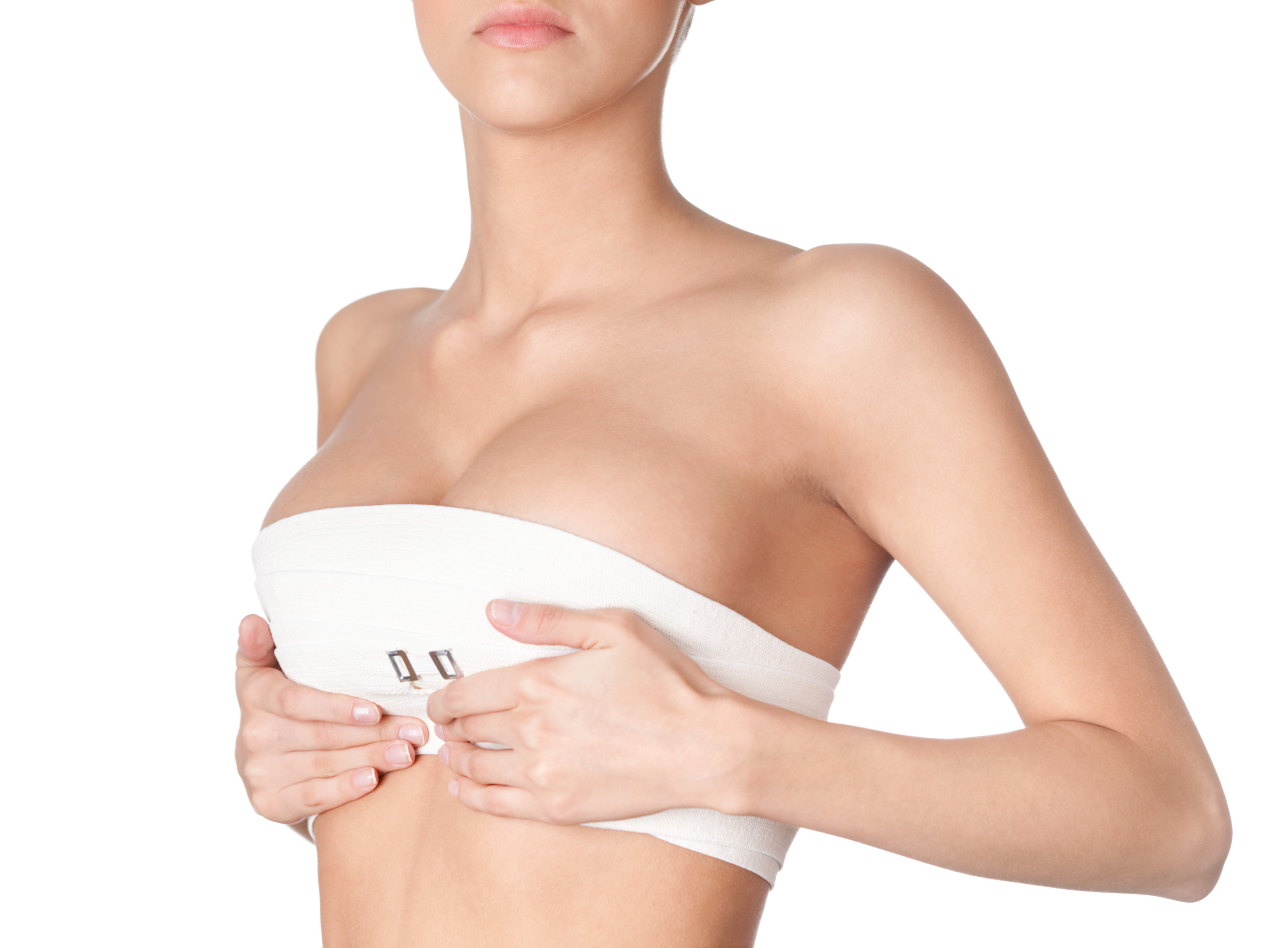A breast reduction procedure is also known as a reduction mammoplasty. During this surgery, the doctor reduces breast size, usually to improve comfort and general ease of activity in the patient’s daily life. Many women with overlarge breasts experience daily back pain, have trouble exercising or doing strenuous activity or simply feel confident in their bodies. This procedure reconstructs the breast size to be more proportionate to the woman’s body. If you are considering the procedure, it’s important that you understand what makes someone a good candidate for a successful outcome. It is equally important that you thoroughly vet your plastic surgeon to ensure you’re both on the same page regarding your body goals.
What to expect during your breast reduction procedure
Breast reduction surgery is usually performed through incisions on your breasts with surgical removal of the excess fat, glandular tissue, and skin.
In some cases, excess fat may be removed through liposuction in conjunction with the excision techniques described below. If breast size is largely due to fatty tissue and excess skin is not a factor, liposuction alone may be used in the procedure for breast reduction.
The technique used to reduce the size of your breasts will be determined by your individual condition, breast composition, amount of reduction desired, your personal preferences, and the surgeon’s advice.
STEP #1: Administering Anesthesia
First, your medical team will administer anesthesia. They do this for your comfort during the procedure. The anesthesia may be administered intravenously or through general anesthesia.
STEP #2: Making the Incision
Once you are comfortably asleep, your plastic surgeon will make the necessary incision. There are a few incision types the doctor can make, but which one is used depends on your surgeon’s preferences, as well as your overall goals for the procedure.
STEP #3: Remodeling the Breast
With the incision made, your surgeon will then remove any unnecessary tissue, reducing the size of the breast. The remaining tissue will be shaped and lifted to achieve the desired result. He or she will then reposition your nipple on the new breast shape.
STEP #4: Closing the Incision
Finally, when the shaping and positioning are complete, your surgeon will close the incisions with sutures. They are layered deep in the breast tissue to create support for the newly shaped breasts. Sutures or surgical tape will be used to close the skin. Note that the incision lines are permanent, however, they are expertly placed for the least visibility. In addition, they fade over time.
The results of your breast reduction procedure should be immediately noticeable. As time passes, any swelling that occurs as a result of the surgery will diminish. This can take anywhere from a few weeks to a few months. However, most patients report feeling satisfied with the change right after their procedure.
What is recovery like?
When your breast reduction procedure is complete, your medical team will apply bandages to the incisions. You may also wear an elastic bandage or support bra to minimize swelling and support your breasts as they heal.
In some cases, a small, thin tube may be temporarily placed under the skin to drain any excess blood or fluid that collects.
Make sure to follow the specific instruction given to you by your doctor. He or she should let you know how to take care of your breasts following surgery, which medications are necessary, any specific concerns to look out for, and when to follow up with your plastic surgeon.
How do I know if I’m a good candidate for breast reduction?
For some women, overly large breasts can cause health and emotional issues. In addition to hindering a woman’s self-image, some may also experience back pain and general discomfort. In addition, it is common for the weight of excess breast tissue to impair the ability to lead an active life. Good candidates for breast reduction surgery have the following qualities.
You may be a candidate for a breast reduction procedure if:
- You are physically healthy.
- You have breasts that limit your physical activity.
- You don’t smoke.
- You are bothered by feeling that your breasts are too large.
- You have realistic expectations.
- You experience back, neck, and shoulder pain caused by the weight of your breasts.
- You have shoulder indentations from bra straps.
- You have skin irritation beneath the breast crease.
Questions to ask your plastic surgeon before the procedure
Before you choose your plastic surgeon, you should ask him or her a few questions regarding the procedure and their own experience and qualifications. Below are a few important questions to ask before committing to a plastic surgeon.
- Are you board-certified?
- What is your experience with breast reduction procedures?
- Do you believe I am a good candidate for this procedure?
- What are the benefits and risks of this procedure?
- Are you affiliated with a certain hospital or surgical facility? Is it accredited?
- What are your expectations for how this surgery will work for my body?
Most importantly, after he or she has successfully answered all of these questions, ask yourself the most important question. Does this plastic surgeon make me feel entirely at ease about my medical decision? If the answer is “yes”, then perhaps you have found the right medical team to help you achieve your body goals.
Dr. Anthony Berlet can help you
Dr. Berlet is a board-certified plastic surgeon with over 20 years of experience with breast reduction. He helps patients achieve their body goals and improve their quality of life. Along with his team of caring medical staff, he ensures the best outcomes for his patients. To learn more about our practice or about a breast reduction procedure, reach out to our team. Contact us today!
